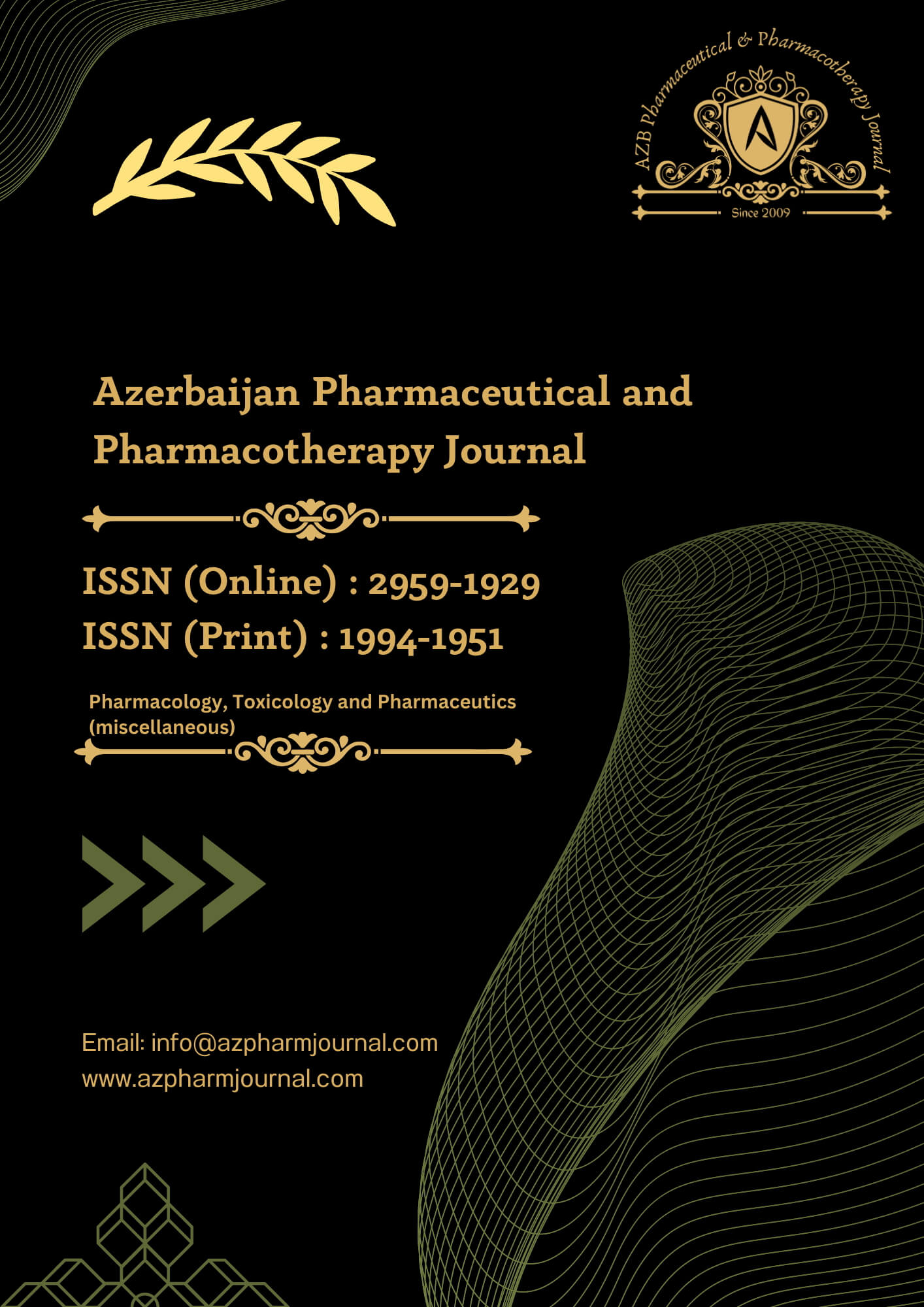Any conversation on publishing models must eventually turn to the very real, very important question of who will pay. There are expenses independent of the medium, the licensing, the interactiveness of the information, or whether it is static or interactive. There is no free publication model. To maintain an infrastructure of hardware, software, and essential services as well as to guarantee that intellectual resources will be accessible for a very long time to come, online publications need financial resources. The conventional publication models are in direct competition with the new techniques because they have solved the cost problem. The fast changing behavior of persons hoping to enhance knowledge and learning by openly sharing their information, despite these obstacles, must be noted.
Broadly, three markets exist for scholarly published information online:
- The institutional/organizational site license sold to libraries
- Individual or member subscriptions
- Pay-per-view article sales (Waltham Mary, 2003).
Sharing scientific information required the use of print media and periodicals, which came with related costs, before the internet was invented. The model of subscription-based access resulted from this.
Each of the markets stated above has an effect on the others depending on their price. Readers are more interested in smaller units, such as individual articles, whereas libraries have traditionally opted to purchase huge packages of information, such as journal subscriptions, books, and currently the full publisher database which is now considered as ’The Big Deal’.
In exchange for granting access to students and employees, universities typically cover the expenses of journal subscriptions. It was anticipated that these expenses would decrease as online access grew. Unfortunately, the bulk of publishing houses have hiked their subscription fees dramatically over time. Academic publishing is an industry currently worth $10 USD billion annually. Profitable publishers enjoy significant oligopoly or monopoly power over esteemed academic journals. Due to this leverage, publishers make substantial profits while institutions are forced to bear hefty expenditures. Currently, for-profit publishers have better profit margins than the majority of other businesses. As per an article by Taira Meadowcroft posted on 8th October 2020 in University of Missouri Libraries website, journal subscription charges have been increasing much more than the rate of inflation.
Most universities and institutions around the world are frequently discouraged by exorbitant subscription fees. The majority of the major worldwide publishing conglomerates have seen an increase in profit margins every year.
A scientific publishing house finds it extremely challenging to defend such a margin, especially in light of the fact that a sizable portion of the globe continues to be ignorant of the scientific information they are concealing that may significantly improve the lives of countless individuals. Unsurprisingly, these profit margins have recently raised a lot of controversy among academics.
Researchers from undeveloped and developing nations sometimes cannot afford the hefty open access prices for the majority of prestigious publications. Even while the majority of publishing companies grant waivers or partial waivers to authors from low- and middle-income nations and occasionally to those without access to research funding, the efforts seem unfair and constrictive. Many scientists who favor open access and open science in general are opposed to the idea of pay-to-publish.
Many "predatory" periodicals have taken advantage of the possibility presented by open access publication. Such journals frequently publish subpar manuscripts with minimal scientific worth in exchange for publishing fees while disregarding all rules about adequate peer review.
However, in the big picture, this financial and legal strategy appears to be ineffective because these legal proceedings fuel more hostility with academic institutions and professors and because no publisher is able to constantly police the entire Internet. A published manuscript can frequently be obtained in a number of ways without a library subscription or by paying a publisher to download an article. Though it is illegal, copies of published manuscripts are frequently available online.
Publisher pricing methods now in use show no signs of stability since numerous experimental strategies are tested and change yearly.
Users are finding it easier to pay-per-view content online, and some publishers have lowered their pay-per-view prices to more properly reflect per-article prices. With these modifications, article sales can and will develop into a more consistent revenue stream, allowing publishers to connect with a wide spectrum of irregular users who are willing to pay for individual articles but not whole journal subscriptions.
